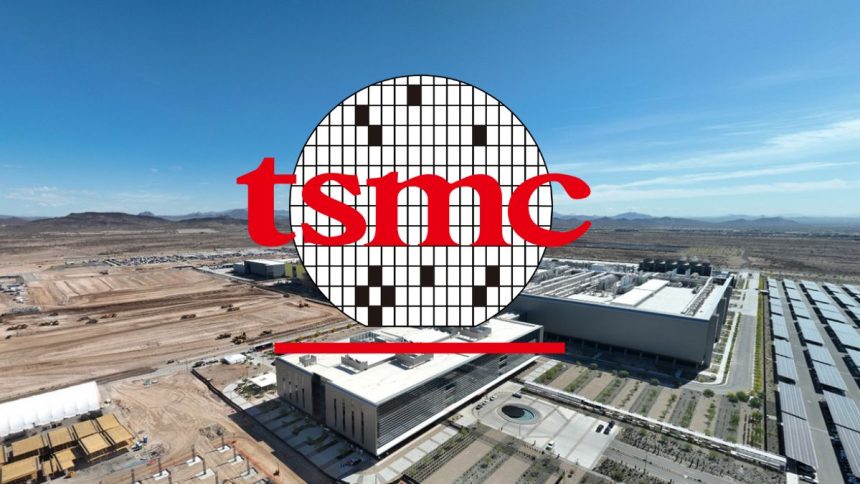The global race for semiconductor supremacy may be turning a new page, as rumors swirl that TSMC—the world’s largest contract chipmaker—could begin producing 2nm chips at its Arizona facility as soon as 2026. This would mark a significant acceleration compared to the company’s official roadmap, shaking up expectations within the semiconductor industry and reviving hopes of a U.S. resurgence in cutting-edge chip manufacturing.
TSMC’s Arizona Expansion: The New Frontier
TSMC, whose customer list includes Apple, Qualcomm, AMD, MediaTek, and Nvidia, originally stated that its U.S.-based “P3” fab would start volume production of 2nm chips between 2028 and 2030. However, a report from Taiwan’s Commercial Times suggests the timeline may move up dramatically: the Arizona fab could begin churning out 2nm process node chips as soon as next year. If accurate, this would mean a mere one-year lag behind TSMC’s 2nm operations in Taiwan.
This leap would represent a breakthrough for U.S. capabilities, enabling domestic production of chips rivaling anything made in Asia. For context, China’s top foundry, SMIC, is restricted to a 7nm node—several technological generations behind—due to export controls and limited access to advanced lithography technology. Even with aggressive workarounds, SMIC may only reach 5nm by the end of this year, still short of TSMC’s cutting-edge capabilities.
Navigating Challenges: Culture, Technology, and Tariffs
TSMC’s U.S. journey hasn’t been without friction. The Arizona fab’s launch was marked by cultural challenges, as American hires and Taiwanese teams sought common ground on technical and workplace norms. The original plan was for 5nm chips to ship from Arizona in 2024, subsequently revised to 4nm, with volume ramping up in late 2024 and into 2025.
An accelerated move to 2nm is not just about technology. Geopolitics plays a part: tariffs on imports from major U.S. trading partners, including China, have galvanized efforts to “reshore” chipmaking. With six fabs ultimately planned for Arizona, TSMC aims for the facility to account for 30% of its advanced chip output. That would reduce reliance on Asian manufacturing hubs and strengthen the U.S. position in global supply chains.
Implications for the Future
- Faster Innovation Cycles: Securing 2nm manufacturing in the U.S. means next-generation consumer electronics, AI accelerators, and data center processors could be designed and built without international delays.
- National Security: Domestic chip production at the leading edge is increasingly seen as a matter of strategic security, protecting U.S. tech companies from potential disruptions worldwide.
- Industrial Renaissance: If realized, TSMC’s Arizona plans could attract suppliers and create a robust semiconductor ecosystem in the U.S., similar to what exists in Taiwan today.
There’s bipartisan consensus in the U.S. around the need for semiconductor investment—furthered by both legislative support and executive pressure. The initiative to bring advanced chipmaking stateside began during the Trump administration and continues to be a critical focus for policymakers.
Credit Where It’s Due
The race to 2nm in America isn’t over yet, and many hurdles remain, from workforce development and supply chain logistics to technical integration. Yet the pieces are in place for the U.S. to make a serious bid to become a global chip leader again—and TSMC’s early Arizona timeline may be the harbinger of an exciting technological era ahead.






